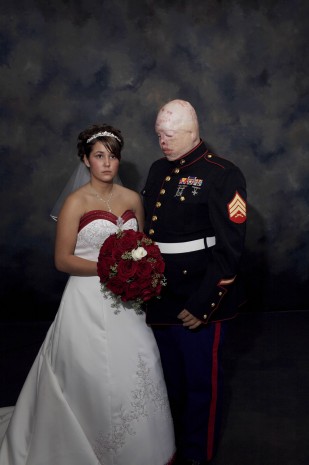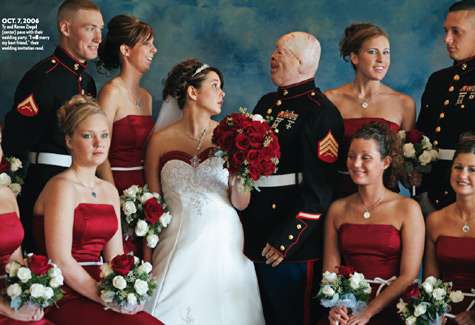An illuminating front-page story today by the Times’ Dexter Filkins, on how the U.S./NATO strategy to mesh Special Forces with the locals has led to a situation in which millions of dollars – monthly – is given to a Matiullah Khan, a warlord who fights the Taliban, yet threatens the official government that the U.S. hopes will bring stability to the region.
Khan is billed as a “lesser of two evils” and is providing security through a Taliban-thick region. But how will this strategy differ in its end-game than the short-term-gain, long-term-loss strategies we’ve used in the past to stabilize Afghanistan?
In little more than two years, Mr. Matiullah, an illiterate former highway patrol commander, has grown stronger than the government of Oruzgan Province, not only supplanting its role in providing security but usurping its other functions, his rivals say, like appointing public employees and doling out government largess. His fighters run missions with American Special Forces officers, and when Afghan officials have confronted him, he has either rebuffed them or had them removed.
“Oruzgan used to be the worst place in Afghanistan, and now it’s the safest,†Mr. Matiullah said in an interview in his compound here, where supplicants gather each day to pay homage and seek money and help. “What should we do? The officials are cowards and thieves.â€
Deeper into the story, Filkins reports suspicions that Matiullah and the other U.S. backed-warlords are suspected of protecting the opium trade, and even worse, secretly boosting the Taliban so that the chaos – and thus the need for Matiullah’s services – continues:
A former senior official in the Kandahar government, who spoke on the condition of anonymity for fear of retribution by Mr. Matiullah and the Karzais, said he believed that Mr. Matiullah was facilitating the movement of drugs along the highway to Kandahar.
“I was never able to look inside those trucks, but if I had, I am fairly certain what I would have found,†he said.
Despite his relationship to the Special Forces, Mr. Matiullah has been suspected of playing a double game with the Taliban. Asked about Mr. Matiullah earlier this year, an American military officer in Kabul admitted that Mr. Matiullah was believed to have a relationship with insurgents. He spoke on the condition of anonymity because he was discussing intelligence matters.
Hopefully, this is just a phase, with the happy ending being that the shadow government set up by Matiullah is gently, but doggedly nudged with American carrots and sticks to merge with the official, legitimate one as Afghanistan stabilizes. Because we’ve learned from the last time we backed a charismatic insurgent in Afghanistan, right? Right?




